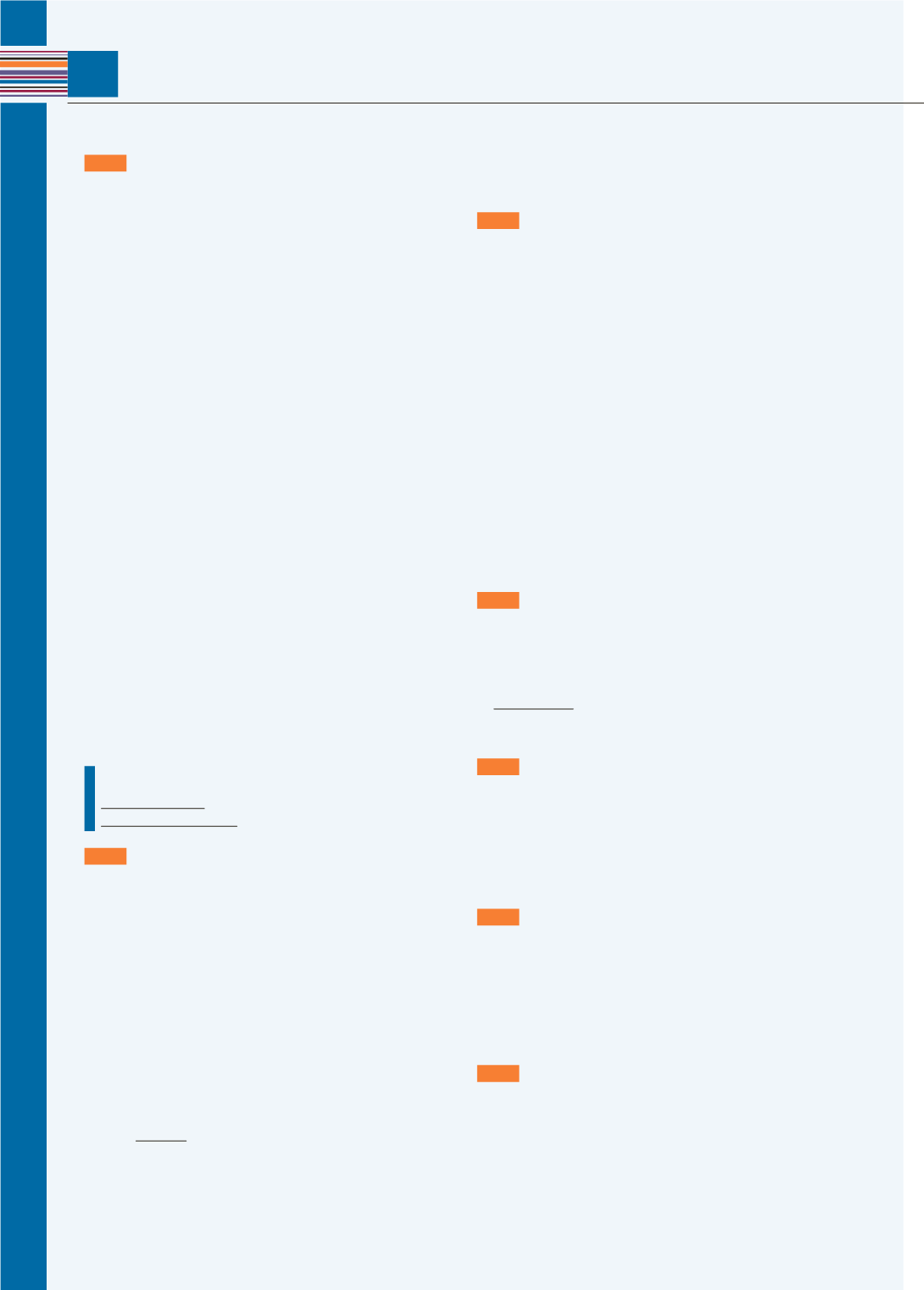
LANGUAGE REFERENCE
126
1
GRAMMAR
G1
QUESTION FORMS
PRESENT SIMPLE QUESTIONS
Use present simple questions to ask about regular
or habitual actions and general truths or states. In
questions with the verb
to be
and with modal verbs,
put the verb before the subject.
Am
I a suitable person for the job?
Can
they
take
the test today?
With other questions in the present simple, use the
auxiliary verb
do
/
does
.
Do
you feel happier about college now?
How
often
do
they travel to work together?
PAST SIMPLE QUESTIONS
Use past simple questions to ask about a past action.
Form this question in the same way as the present
simple, but put the auxiliary verbs in their past form.
Was
she very intelligent when you knew her?
Did
you feel embarrassed when it happened?
PRESENT CONTINUOUS QUESTIONS
Use present continuous questions to ask about an
action happening at the moment or around the time
of speaking or about a changing situation. Form this
question by putting the verb
to be
before the subject.
Is
he
interviewing
students at the moment?
Are
they
considering
what to study at university?
PRESENT PERFECT QUESTIONS
Use this question to ask about the recent past or an
event at an unknown time. Form this question by
putting the verb
has
/
have
before the subject.
Has
Martin found out his score?
Have
they ever measured their intelligence?
!
Don’t use the auxiliary
do
/
does
with questions in
the present continuous and present perfect.
Do you working at the moment?
û
Do you have finished your work?
û
G2
SUBJECT AND OBJECT QUESTIONS
Subject questions ask about the
subject
of a
sentence.
Who
designed the IQ tests?
Philip Carter
designed the IQ tests.
Object questions ask about the
object
of a sentence.
What
did Philip Carter design?
He designed
the IQ tests
.
For subject questions, don’t add an auxiliary verb.
Who gave you that present?
ü
Who did give you that present?
û
We usually only use
who
,
what
and
which
to ask
subject questions.
Who
wrote the test?
What
happened last night?
G3
PRESENT SIMPLE AND PRESENT
CONTINUOUS
Use the present simple to describe:
•
a regular or habitual action.
She usually
takes
the train to work.
We often use adverbs or time expressions of
frequency with this use of the present simple:
often
,
usually
,
sometimes
,
once a week
,
twice a month
.
•
a fact or general truth.
Many people
don’t believe
in horoscopes.
Bill Clinton
spends
most of his time in the USA.
Use the present continuous to describe:
•
an action happening around now (often temporary).
Sorry, she
’s speaking
to someone at the moment.
We
’re
currently
looking
for new people.
•
a trend or changing situation.
Prices
are rising
steadily at present.
More and more people
are learning
English.
•
a photograph or a scene.
In the photograph, the two people
are talking
.
G4
STATE VERBS
State verbs describe something passive or a state
(for example, the verbs
be
,
like
,
believe
,
understand
,
know
,
prefer
,
depend
). We rarely use state verbs in
the continuous.
I know lots of ambitious people.
ü
I’m knowing lots of ambitious people.
û
KEY LANGUAGE
KL
GIVING OPINIONS, AGREEING AND
DISAGREEING, MAKING SUGGESTIONS
In my opinion, … I suggest … I suppose …
I don’t know. Why don’t we … ?
OK, how about … ? I accept that. (Well,) it’s true.
I can’t agree, … No, that’s out of the question.
VOCABULARY
V1
PERSONALITY ADJECTIVES
adventurous, ambitious, assertive, bossy, cautious,
creative, easy-going, energetic, enthusiastic,
even-tempered, generous, hard-working,
level-headed, likeable, moody, open-minded,
organised, quiet, reliable, reserved, self-confident,
sensible, sensitive, serious, shy, sociable,
strong-willed, talkative, thoughtful, warm-hearted
V2
PREFIXES
antisocial, bicycle, bilingual, discomfort, dislike,
ex-baseball player, ex-boss, ex-president, ex-tycoon,
misbehave, misunderstand, misuse, monorail,
outperform, outrun, overconfident, overshadowed,
redefine, redo, rewrite, semicircle, underrated,
underuse
subject
object


